You face a landscape where data-driven decisions shape business outcomes. Consider these statistics:
| Statistic Description | Value |
|---|---|
| Organizations transitioning to data-driven decisions by 2026 | 65% |
| Increase in operation’s productivity rate | 63% |
| Increase in decision-making effectiveness | 57% |
Adopting new data warehouse trends helps you achieve speed, agility, and accuracy in data management. Evaluate your current strategy to ensure you remain competitive as data creation and consumption surge.
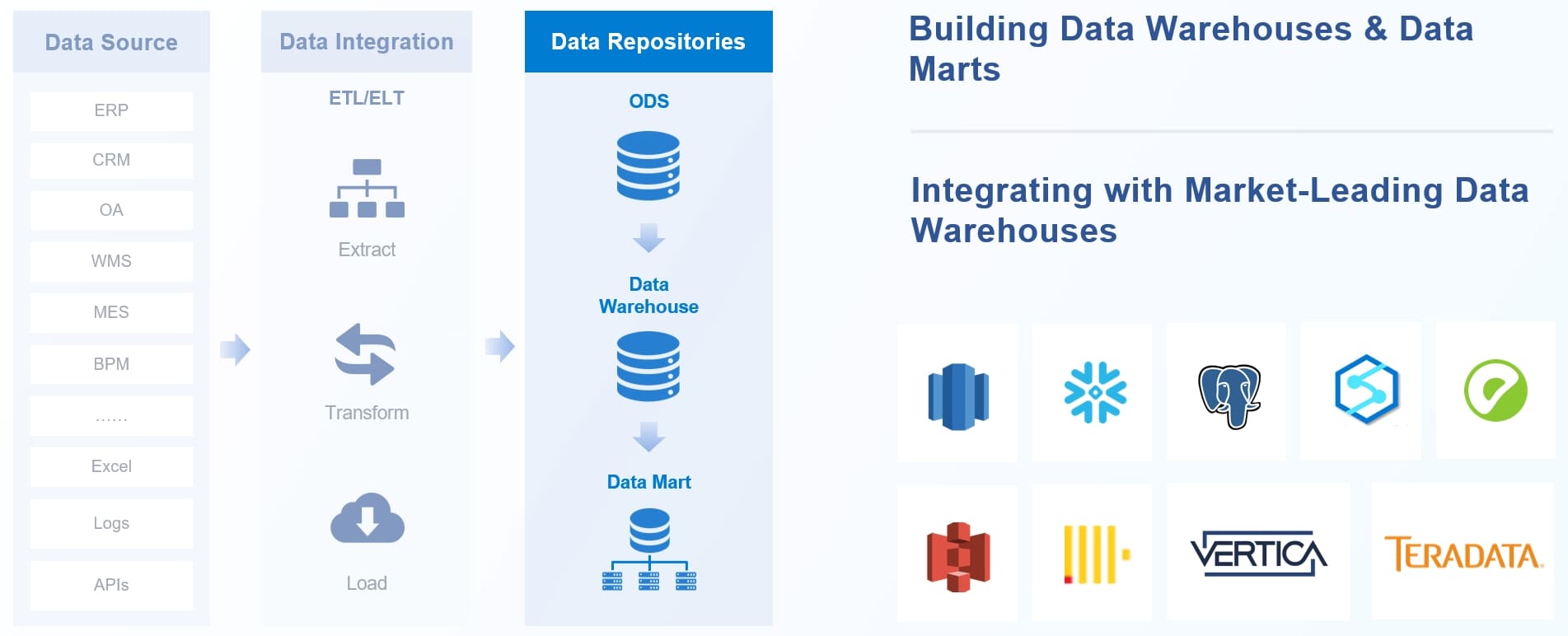
Cloud Data Warehouse Trends

Cloud Adoption in Data Warehousing
You see more organizations moving their data warehouses to the cloud. This shift brings scalability, flexibility, and easier management. Cloud-native data platforms let you handle large volumes of data without worrying about hardware limits. You can scale up or down based on your needs.
- 47% of IT managers now host all their data warehouses in the public cloud.
- Cloud data warehouses offer faster deployment and lower upfront costs.
The main reasons for choosing cloud data warehouse as a service include cost reduction, better performance, and improved security. The table below shows why organizations prefer cloud data warehouses:
| Driver | Percentage of Organizations |
|---|---|
| Cost reduction | 64% |
| Performance and speed improvements | 58% |
| Security enhancement | 45% |
| Remote workforce enablement | 52% |
| Compliance and regulation demands | 31% |

Hybrid and Multi-Cloud Strategies
You may need to use more than one cloud provider or combine cloud and on-premises systems. Hybrid and multi-cloud strategies help you avoid vendor lock-in and improve reliability. These approaches support advanced data management and let you choose the best tools for each task.
Common challenges include:
- Complexity of management
- Security and compliance differences
- Data integration and consistency issues
- Cost management
- Performance monitoring
- Skill gaps
You must plan carefully to overcome these challenges and get the most from your cloud data warehouse as a service.
FanRuan Solutions for Cloud Integration
FanRuan, with FineDataLink, makes cloud integration simple. You can connect over 100 data sources and synchronize data in real time. The low-code setup helps you build and manage cloud data warehouses quickly.
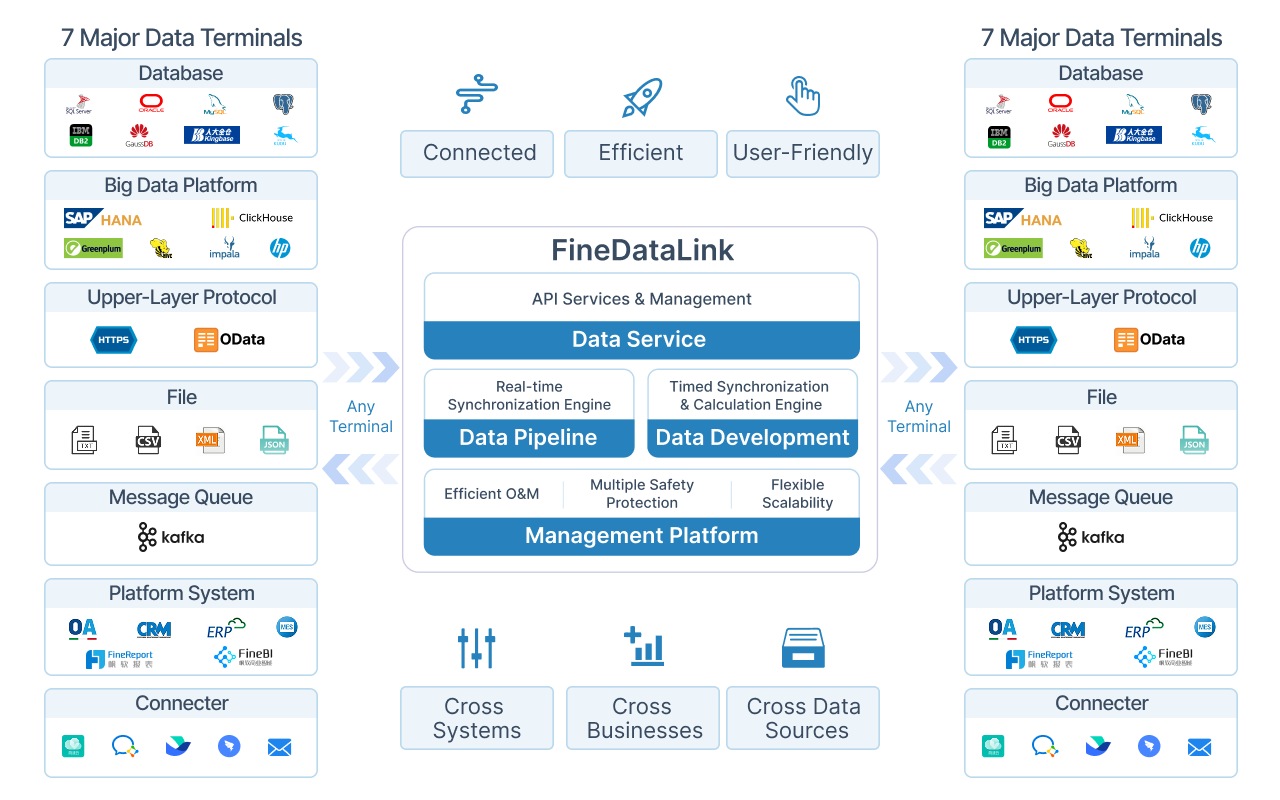
The table below compares FanRuan with other vendors:
| Platform | Strengths | Weaknesses |
|---|---|---|
| FanRuan (FineDataLink) | Strong cloud integration, connects over 100 data sources, real-time data synchronization, low-code setup | N/A |
| Talend | Open-source, flexible, API-driven connectivity | Complexity in setup and maintenance |
| IBM Db2 Warehouse | Strong auditing and compliance tools | Complexity for non-technical users |
You can use FineDataLink to support hybrid and multi-cloud strategies, making your data warehouse trends future-ready. This solution helps you streamline data management and stay ahead in data warehousing trends.
Real-Time Data Warehousing
Real-Time Processing Essentials
You see a growing demand for instant insights in business today. Real-time data warehousing lets you process and analyze data as soon as it arrives. This approach marks a shift from traditional batch processing, where you wait for scheduled updates. Now, you can react to changes as they happen. The market for real-time data warehousing is expanding quickly:
- Current market size in 2024: USD 11.7 billion
- Projected market size by 2033: USD 23.6 billion
- Expected growth rate from 2025 to 2033: 7.3%
You can use several technologies to enable real-time data processing. These include no-code integrations for streaming, cloud-based services, distributed streaming platforms like Apache Kafka, analytics engines such as Spark, frameworks like Apache Flink, and SQL for querying live data. Real-time streaming allows you to transmit and process data instantly, which helps you make timely decisions.
FineDataLink for Real-Time Integration
FineDataLink helps you achieve seamless real-time data integration. You can synchronize data from multiple sources with minimal delay. The platform supports advanced ETL and ELT development, which means you can automate data processing and reduce manual work. FineDataLink connects and harmonizes data from different systems, so your reports and dashboards always show accurate and up-to-date information. This capability is essential for effective data management and supports your need for reliable, real-time analytics.
- Seamless data synchronization
- Integration from multiple sources
- Automated data processing
Business Impact of Real-Time Analytics
When you use real-time analytics, you unlock several business benefits. The table below highlights key outcomes:
| Measurable Outcome | Description |
|---|---|
| Enhanced Customer Experiences | Real-time insights help you understand customer behavior and adjust quickly. |
| Improved Operational Efficiency | You can monitor and optimize operations without delay. |
| Faster Decision-Making | Access to live data lets you respond to market changes immediately. |
You gain a competitive edge by adopting these data warehouse trends. Real-time data warehousing empowers you to improve customer service, boost efficiency, and make faster, smarter decisions.
Data Warehouse Automation
Automation in ETL/ELT
You see automation transforming how you handle ETL and ELT tasks in modern data warehouse trends. Leading organizations now automate a large percentage of their data warehouse processes. This shift brings cleaner data, faster delivery, and more time for strategic work. You also benefit from quicker decision-making and consistent standards across all data transformations.
| Aspect | Details |
|---|---|
| Percentage of Automation | Leading organizations are increasingly automating data warehouse processes, with significant growth projected in the automation market. |
| Reported Benefits | - Cleaner data - Faster delivery - More time for strategic work - Quicker decision-making - Consistent standards across data transformations |
Recent advancements in ETL and ELT automation include:
- AI-powered ETL uses machine learning to adapt to changing data structures and optimize pipelines.
- No-code ETL tools let you build and manage data pipelines without technical skills.
- Low-code ETL tools offer visual interfaces for complex data pipelines, balancing ease of use and customization.
Streamlining with FineDataLink
You can streamline your automated data integration with FineDataLink. The platform supports real-time data processing and big data integration across cloud data warehouses and on-premises systems. FineDataLink’s low-code interface helps you build, schedule, and monitor data pipelines with ease. You connect to over 100 data sources and automate data flows, which supports both real-time analytics and automated data warehousing. This approach reduces manual intervention and ensures your data management stays efficient and reliable.
Tip: FineDataLink’s drag-and-drop features make it easy for you to set up and maintain data pipelines, even if you do not have a coding background.
Reducing Manual Effort
You reduce manual effort and increase efficiency through data warehouse automation. Automated workflows minimize data errors and inconsistencies. You gain faster time-to-value, lower error rates, and quicker access to insights. Automation enforces standardized rules and validations, so you get accurate and reliable information. You also benefit from lower costs, higher-quality decisions, and faster decision-making. Automated data warehousing helps you keep pace with the demands of data warehouse as a service and cloud data warehouse environments.
AI and ML in Data Warehousing

AI/ML Integration Trends
You see ai-driven data warehousing changing how you manage and analyze data. Integrating ai and ml brings new possibilities to your business intelligence strategy. Here are the most significant trends you should know:
- Automated data integration makes it easier to combine information from many sources. You save time and improve efficiency.
- Augmented data management uses ai-driven data warehousing to automate tasks and optimize performance.
- Real-time predictive and prescriptive analytics help you anticipate outcomes and recommend actions based on data patterns.
- Ai-enhanced data governance and quality ensure your data stays accurate and compliant.
- Natural language querying lets you ask questions in plain language, making insights more accessible.
You can use ai-driven data warehousing to simplify complex processes and unlock new value from your data.
Enhancing Analytics Capabilities
Ai-driven data warehousing boosts your analytics capabilities in several ways. You get faster and more accurate insights. Ai-driven data warehousing improves query performance and analytics processing. You can make decisions in real time because ai-driven data warehousing processes live data streams. Predictive analytics powered by ai-driven data warehousing helps you plan for the future by using historical data to forecast trends. Ai-driven data warehousing automates data governance, so you maintain high data quality and compliance. Machine learning models in ai-driven data warehousing detect anomalies, which protects your data integrity. Ai-driven data warehousing also uses query optimization to lower costs and improve speed. Ai for cost optimization is a key benefit, helping you manage resources more effectively.
Practical Use Cases
You find many practical uses for ai-driven data warehousing in different industries. Logistics and retail companies use ai-driven data warehousing for supply chain management. Intelligent data warehouse systems use machine learning to manage inventory, predict stock needs, and optimize product placement. Amazon uses ai-driven data warehousing to forecast demand, speed up shipping, and reduce stockouts. Ai-driven data warehousing tools analyze sales history and real-time stock levels to manage inventory proactively. Amazon’s predictive warehouse management system combines ai-driven data warehousing with IoT to anticipate demand and minimize stock issues. You can apply ai-driven data warehousing to improve your own operations and stay ahead of data warehousing trends. Real-time analytics and predictive and prescriptive analytics give you the power to make smarter decisions.
Data Governance and Quality
Addressing Data Silos
You often face data silos when different departments store information in separate systems. These silos make it hard to enforce consistent policies and can slow down your data management efforts. You can break down these barriers by using unified reporting tools, cross-functional teams, and self-service analytics. When you integrate data sources, you create a single view of your organization’s information. Training your team in data literacy also helps everyone understand and use data more effectively.
| Strategy | Description |
|---|---|
| Unified Reporting | Combine data from multiple sources for accessible dashboards and reports. |
| Cross-Functional Collaboration | Bring together teams from different departments to share insights and solve data challenges. |
| Self-Service Analytics | Empower users to create their own reports and visualizations. |
| Data Integration | Connect various data sources for a unified organizational view. |
| Data Literacy Training | Teach employees about data management and analytics. |
91% of CIOs say data governance is a top challenge for the next few years. You can address this by focusing on collaboration and integration.
Improving Data Quality
You need high-quality data to make good decisions. Poor data quality leads to mistakes and inefficiencies. You can measure improvements in data quality using several metrics:
- Completeness: All necessary data is present.
- Accuracy: Data matches real-world values.
- Consistency: Information stays the same across systems.
- Timeliness: Data is current and up-to-date.
- Validity: Data follows rules and standards.
- Relevance: Information fits your business needs.
When you track these metrics, you improve your data lakes and ensure your analytics are reliable.
FanRuan’s Data Governance Approach
You can strengthen your data governance and quality with FanRuan’s approach. The platform emphasizes risk management and aligns with industry best practices. You keep a data inventory, classify information, and use strong access controls. FanRuan helps you encrypt data, prevent loss, and conduct regular audits. You also benefit from multi-factor authentication and timely software updates. The platform supports both strategy and daily operations, making it easier to meet compliance requirements and manage your data securely. FanRuan’s tools help you implement augmented data management, so you stay ahead of evolving threats and regulations.
Data Security and Compliance
Evolving Security Threats
You face new security threats every year. Attackers target data warehouses with advanced malware and ransomware. Most breaches involve external actors and are financially motivated. You need to understand the risks to protect your business. The table below shows recent statistics on data breaches and security threats:
| Statistic | Value |
|---|---|
| % of breaches involving external actors | 67% |
| % of breaches financially motivated | 90% |
| % of breaches involving ransomware | 44% |
| % of breaches by state-affiliated actors | 10% |
| Total malware attacks globally in 2023 | 6.06 billion |
| Number of data breaches in the U.S. in 2023 | >3,200 |
| Healthcare data records breached (2017-2022) | 51.4 million |
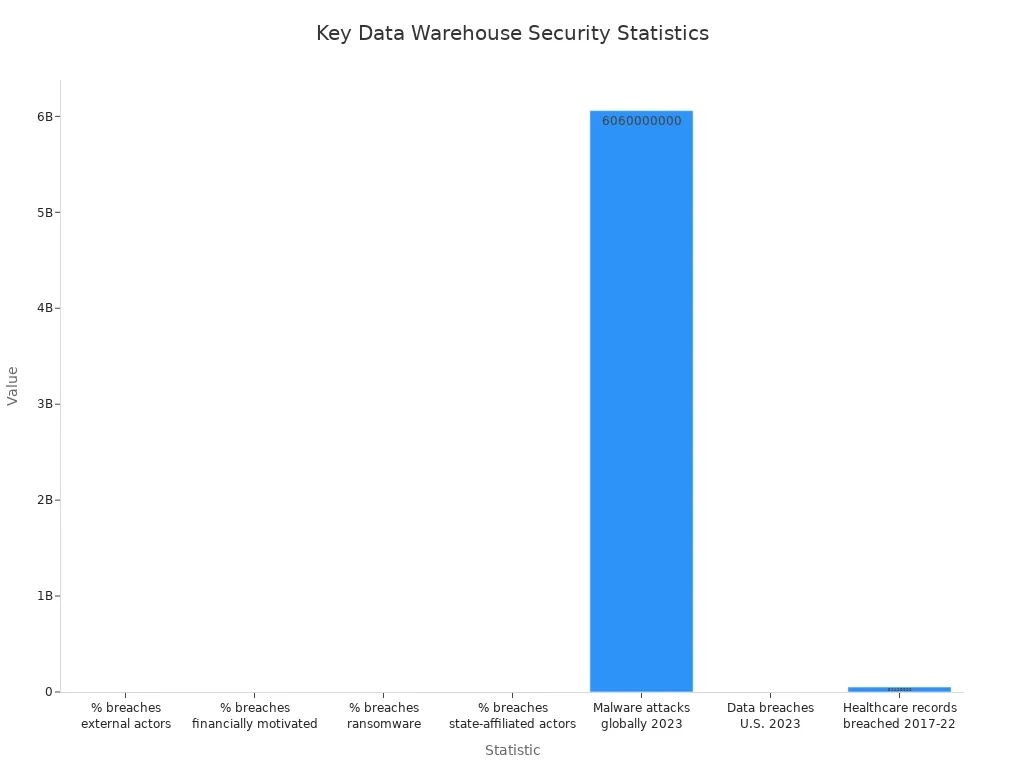
You must stay alert and update your security measures often. Strong data security and privacy practices help you reduce risk and protect sensitive information.
Compliance in Cloud Environments
You need to follow strict rules when you use cloud data warehouses. Many organizations struggle with compliance because cloud environments add complexity. You may face these challenges:
- Integration issues make it hard to connect cloud data warehouses with your existing systems.
- Lack of skills and resources can slow down your progress in meeting security and compliance standards.
- Navigating compliance rules, such as GDPR, takes time and careful planning.
You should review your data management policies and train your team to handle compliance tasks. Regular audits and clear documentation help you meet legal requirements and avoid penalties.
Building a Security-First Culture
You build a strong security-first culture by involving everyone in your organization. Leadership must show commitment to security and set clear expectations. Employees need tailored training that matches their roles. You should use interactive learning, such as simulations, to reinforce good habits. Regular assessments and feedback help you improve security practices over time.
- Leadership commitment sets the tone for security.
- Employee engagement encourages active participation in security initiatives.
- Tailored training ensures everyone understands their responsibilities.
- Continuous improvement keeps your security practices up to date.
- Promoting awareness and sharing security metrics helps teams track progress.
You create a safer environment when you make security part of your daily routine. This approach supports strong data management and protects your business from threats.
Data Democratization Trends
Self-Service Analytics
You now have the chance to explore data and create your own reports without waiting for IT support. Self-service analytics tools let you answer business questions quickly. However, less than 20% of organizations have adopted these tools for data democratization. This means most companies still rely on traditional methods. When you use self-service analytics, you gain more control over your insights and can respond faster to changes in your business.
Empowering Business Users
You can make better decisions when you have direct access to data. The most effective ways to empower business users include:
- Breaking down data silos so you can connect to many data sources and see a complete picture.
- Accelerating time-to-insight by reducing delays in finding the information you need.
- Reducing IT burden, which lets you handle your own data requests and encourages teamwork.
- Enhancing data quality with built-in checks for reliable results.
- Democratizing business intelligence so more people can prepare and analyze data.
- Using cloud solutions for scalability and flexibility as your data grows.

These methods help you work faster and smarter. You can focus on solving business problems instead of waiting for reports.
Governance for Democratized Data
You need strong governance to keep your data safe and useful as more people access it. Good governance frameworks include:
- Structured governance that matches business risks and user needs.
- Assigning a Data Product Owner to clarify who is responsible for each dataset.
- Using a risk-based approach for oversight.
- Tailoring rules to fit real business risks and use cases.
- Promoting transparency and accessibility for easy data sharing.
- Aligning with best practices in data governance.
- Integrating systems to remove silos.
- Providing training and support for everyone who uses data.
When you follow these steps, you support better decision-making, reduce risks, and improve efficiency. You also make your data management stronger and prepare your organization for the future of data democratization.
Edge and Serverless Warehousing
Edge Computing in Data Warehousing
You see more companies using edge computing to process data closer to where it is created. Edge computing helps you reduce delays because you do not need to send all your data to a central warehouse. You can analyze information from sensors, devices, or machines right at the source. This approach works well for industries like manufacturing, retail, and healthcare. You gain faster insights and can act quickly when something changes. Edge computing also helps you lower network costs and keep sensitive data more secure.
Serverless Data Warehouse Models
You may want to avoid managing servers or infrastructure. Serverless data warehouse models let you focus on your data and analytics. The cloud provider handles scaling and maintenance for you. You only pay for what you use, which can save money. Serverless models help you launch projects faster and adjust resources as your needs change. Many businesses choose serverless options to support flexible and modern data management.
Note: The market for edge and serverless warehousing is growing fast. In 2024, the market size reached $33.76 billion. Experts expect it to grow to $37.73 billion in 2025 and $69.64 billion by 2029.
| Year | Projected Market Size (in billion USD) |
|---|---|
| 2024 | 33.76 |
| 2025 | 37.73 |
| 2029 | 69.64 |
Integration with FineDataLink
You can connect edge and serverless data sources with FineDataLink. The platform supports real-time data synchronization, so you always have up-to-date information. FineDataLink’s low-code tools help you build data pipelines quickly. You can integrate data from sensors, cloud apps, and on-premises systems. This makes your data management more efficient and reliable. FineDataLink helps you keep your analytics running smoothly, even as your business grows and your data needs change.
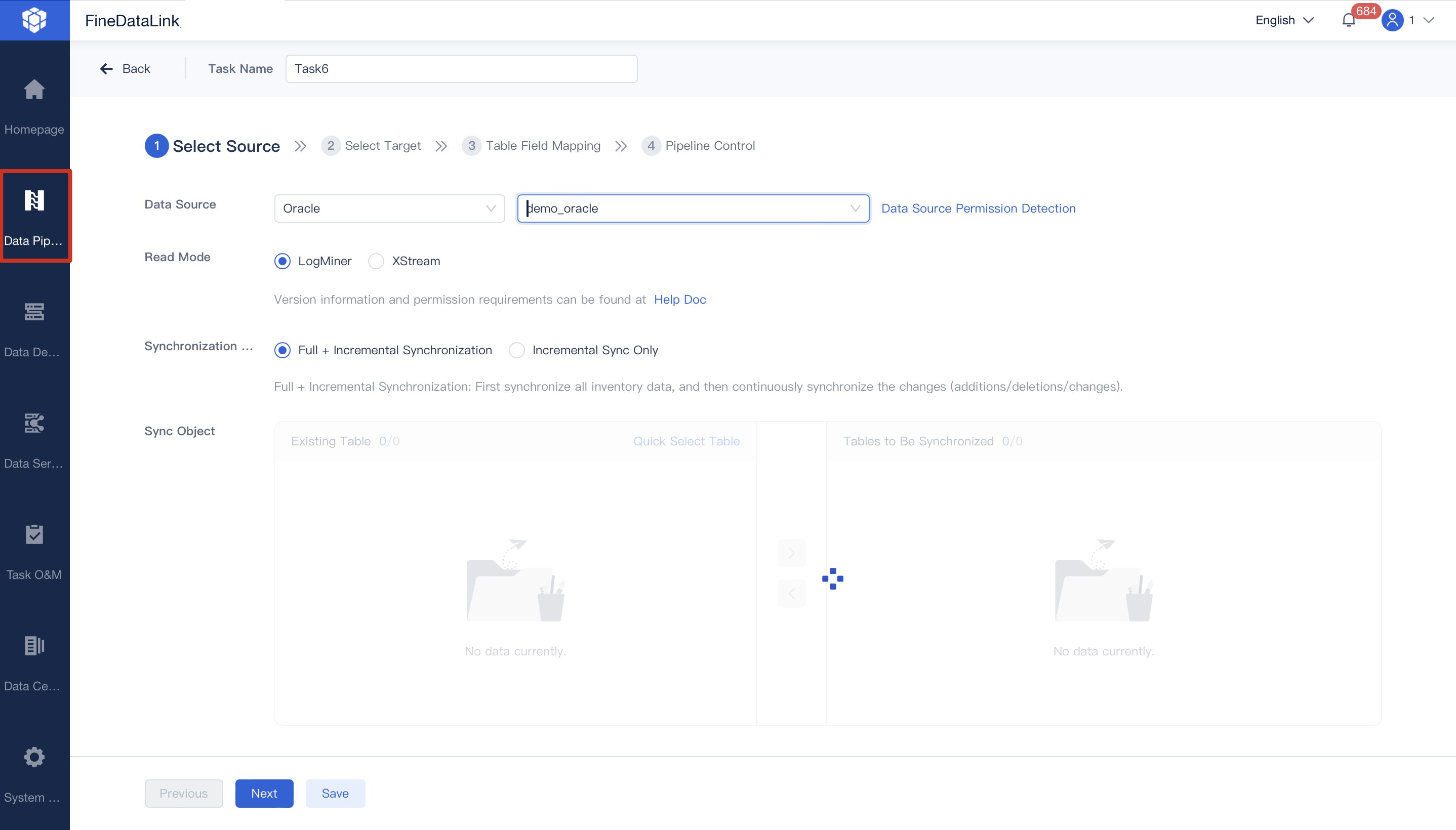
Overcoming Data Warehousing Challenges
Integration with Legacy Systems
You often face tough challenges when you try to connect old systems with modern data warehouse trends. Legacy systems use different formats and disconnected tools. This makes integration complex and time-consuming. Aging infrastructure and data fragmentation slow down your processes. Security risks and limited scalability add to the problem. Many organizations avoid upgrading because they worry about costs and risks.
You can solve these issues by using platforms like FineDataLink. FineDataLink lets you connect over 100 data sources, including legacy systems, with a low-code interface. You can synchronize data in real time and build automated data warehousing pipelines. This approach helps you keep your business intelligence strong and your data management unified.
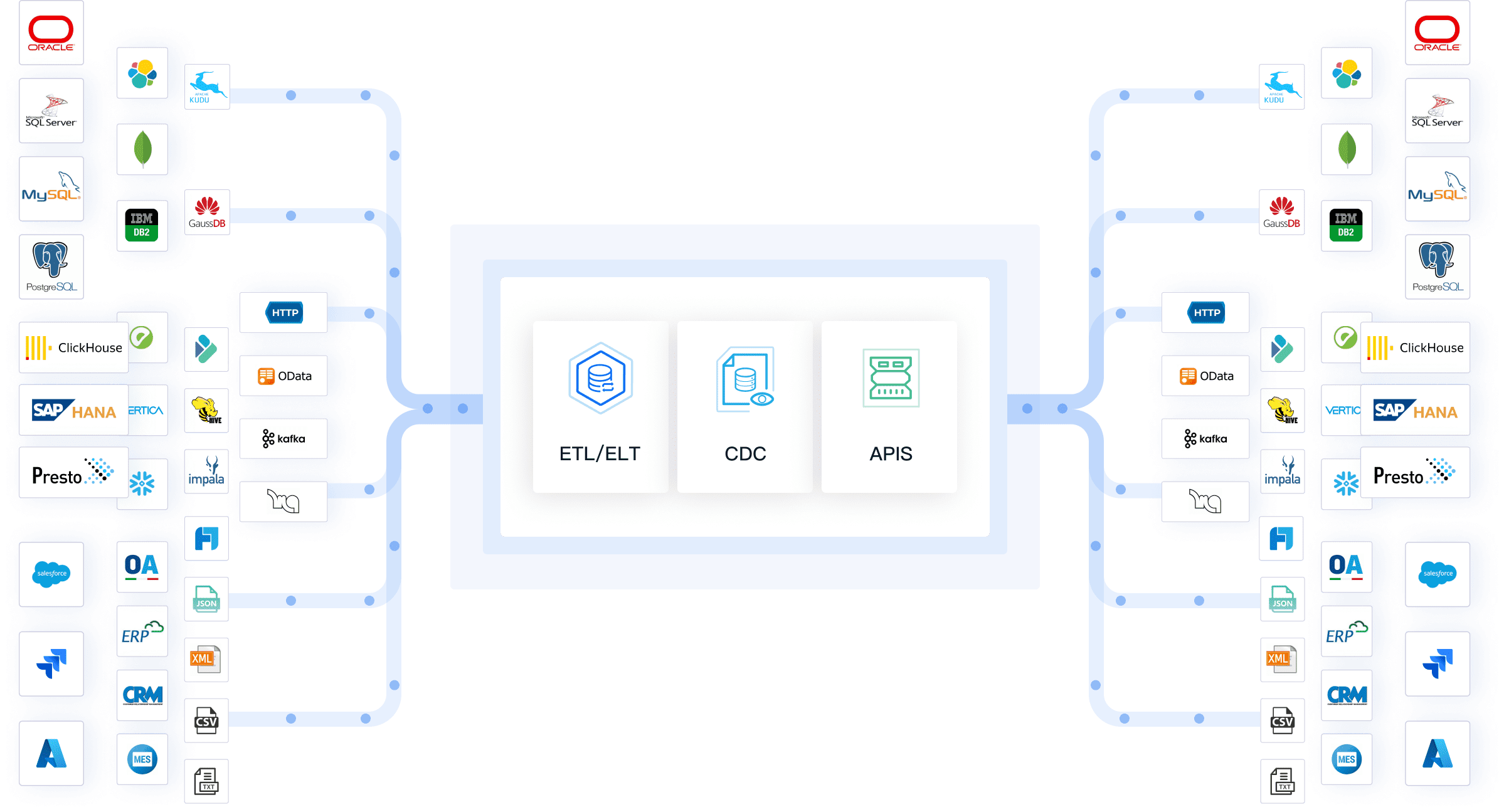
Tip: Start by mapping your legacy data structures. Use FineDataLink’s drag-and-drop tools to create connections and automate data flows.
Addressing Skills Gaps
You may notice a shortage of skilled workers who understand real-time data warehousing, big data integration, and data warehouse automation. This skills gap can slow down your projects and limit your ability to use new technologies. Training your team is important. You should invest in easy-to-use platforms like FineDataLink. The low-code design helps your staff learn quickly and reduces the need for advanced coding skills.

You can also encourage cross-training. Teach your team about data lakes, augmented data management, and ai for cost optimization. This builds a stronger workforce and prepares you for future changes.
Ensuring Scalability and Performance
You need your data warehouse to grow with your business. Scalability and performance are key for handling large volumes of data and supporting real-time analytics. Legacy systems often struggle with this. FineDataLink supports big data integration and real-time data warehousing. You can scale up or down as needed. Automated data warehousing ensures fast processing and reliable results.
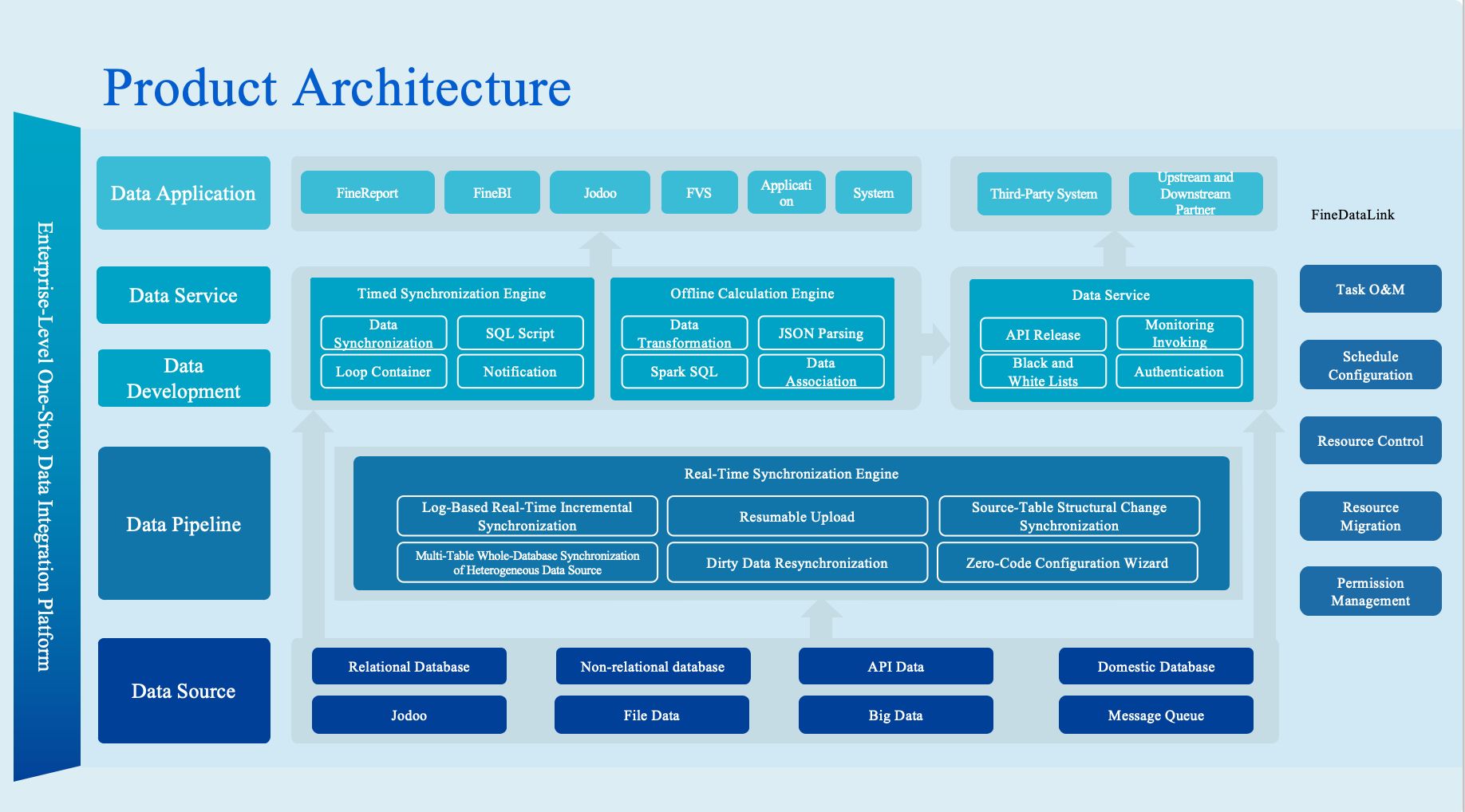
| Challenge | Solution with FineDataLink |
|---|---|
| Slow performance | Real-time data synchronization |
| Limited growth | Scalable cloud integration |
| Manual processes | Automated data warehousing |
You can overcome these challenges by choosing flexible, modern tools. This keeps your business intelligence strong and your data management efficient.
Future-Ready Data Strategy
Building an Agile Data Architecture
You need an agile data architecture to keep up with rapid changes in technology and customer needs. Agility helps you respond quickly when new tools or trends appear. You can use microservices architecture to make your systems flexible and modular. Cloud infrastructure gives you scalability and cost-effectiveness. You can adjust resources as demand changes and pay only for what you use. DataOps practices help you improve and adapt your processes. Real-time data processing lets you make decisions faster.
Here are ways to build agility into your data architecture:
- Use microservices for flexibility.
- Choose cloud solutions for easy scaling.
- Apply DataOps for continuous improvement.
- Invest in real-time data infrastructure.
- Integrate real-time analytics into your business.

Tip: Agile data architecture supports better data management and helps you stay competitive.
Investing in Talent and Training
You need skilled people to manage your data and use new technologies. Training helps your team learn about real-time analytics, cloud platforms, and automation. You can offer workshops, online courses, and hands-on practice. Cross-training lets your staff understand different roles and tools. You build a stronger team when everyone knows how to use modern data solutions.
A table shows ways to invest in talent:
| Strategy | Benefit |
|---|---|
| Workshops | Learn new skills |
| Online courses | Flexible learning |
| Hands-on practice | Build confidence |
| Cross-training | Increase teamwork |
Note: Investing in talent prepares your organization for future challenges.
Continuous Innovation
You must keep innovating to stay ahead. Encourage your team to try new tools and methods. Test new data platforms and analytics solutions. Use feedback from users to improve your systems. You can join industry groups and attend conferences to learn about the latest trends. Continuous innovation helps you find better ways to solve problems and grow your business.
A few steps for ongoing innovation:
- Support experimentation with new technologies.
- Collect feedback and improve processes.
- Stay informed about industry changes.
- Reward creative ideas and solutions.
Continuous innovation keeps your data strategy strong and future-ready.
You face a fast-changing world where data warehouse trends shape your success. Take time to review your current approach and look for gaps. Invest in modern solutions like and FineDataLink to stay ahead. Proactive planning helps you respond quickly to new challenges. Start your journey toward smarter, data-driven decisions today.
FAQ

The Author
Howard
Data Management Engineer & Data Research Expert at FanRuan
Related Articles

Top 10 Digital Transformation Management Software Tools for 2025
Compare the top digital transformation management software for 2025 to boost efficiency, automate workflows, and drive business growth.
Lewis
Nov 16, 2025

Complete Guide to Low Code Data Integration Best Practices
Follow low code data integration best practices for secure workflows. Learn step-by-step methods to streamline, automate, and optimize your data processes.
Howard
Nov 13, 2025

The Best Data Synchronization Tools That Are Free
Compare top free and open source data synchronization tools for secure, real-time syncing and efficient data management across multiple platforms.
Howard
Nov 13, 2025




